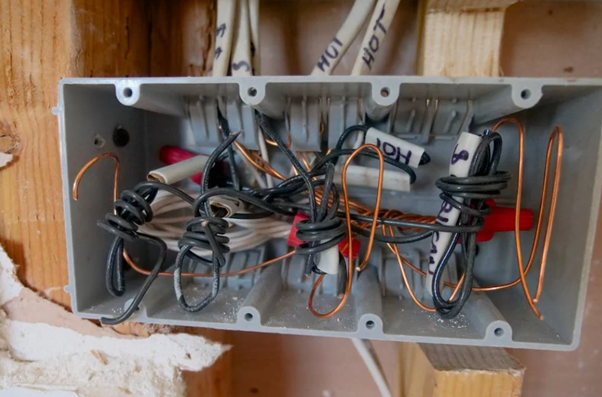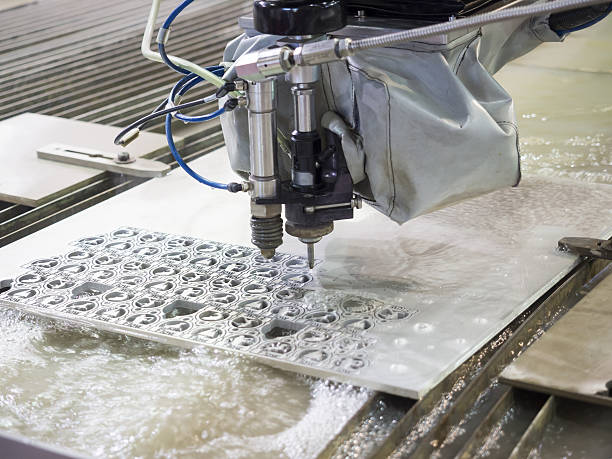How Close Are We to Autonomous Cars?
The idea of a car that drives itself was once the sole preserve of science fiction. But it’s increasingly looking like a plausible reality. Google, Tesla, Nvidia, and other silicon-valley giants have poured huge resources into making the dream of a driverless car a reality.
Autonomous Driving Technology Exists
The fundamental technology which would allow a car to drive itself is, for the most part, already in place. You can give a car a set of instructions and have it navigate from one place to another, with the help of a combination of machine-learning, LIDAR and many cameras.
Unfortunately, machine-learning is only as powerful as the learning material you provide the AI with. Many rarely-seen situations, like a cyclist unexpectedly walking out from behind a parked car, or roadworks in the street, can result in erratic behaviour from the machine driver.
Despite Tesla calling their technology ‘full self-driving’, it’s actually only a level 2 (out of five) system. This means that the human driver needs to supervise it constantly. Level 3 would allow you to take your eyes off the road in certain circumstances; level 4 would allow you to divert your attention elsewhere; level 5 wouldn’t even offer you a steering wheel.

How Self-driving Cars Might Change the World
With all of this said, there’s reason to be optimistic about the impact that self-driving cars will have on our roads. They’ll reduce the number of accidents and help to ease congestion. Since all of the cars on a given road will be able to communicate with one another, they can adjust their speed to provide the optimal outcome for everyone.
We might also see a new model of car ownership. Rather than parking a car at work for the day, you might have it go out and act as a taxi service, granting you a passive income. This will free up huge amounts of space in city centres, where parking is at a premium, and reduce the cost of motoring substantially. New cars are already starting to become autonomous.
Of course, a car doesn’t have to be fully autonomous to confer benefits. Newer models of cars come equipped with a whole range of helpful technologies, like automatic parking, emergency braking, lane assist and adaptive cruise control. If you were to lease a new car today, the chances are good that you’d benefit from one or more of these technologies.
All these technologies mean a safer, more economical, and more convenient driving experience. There might come a day soon when you won’t have to learn to reverse parallel park – because a machine will be able to do it for you. It’s a matter of time before this advancement reaches every aspect of the driving experience.















